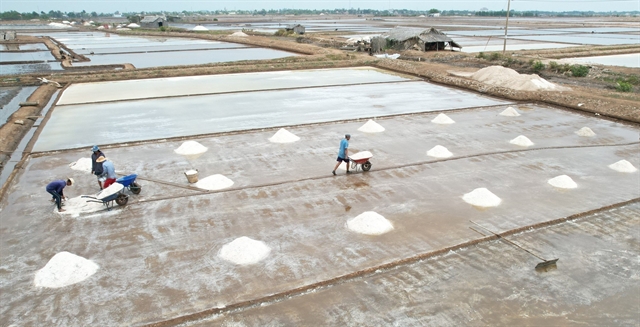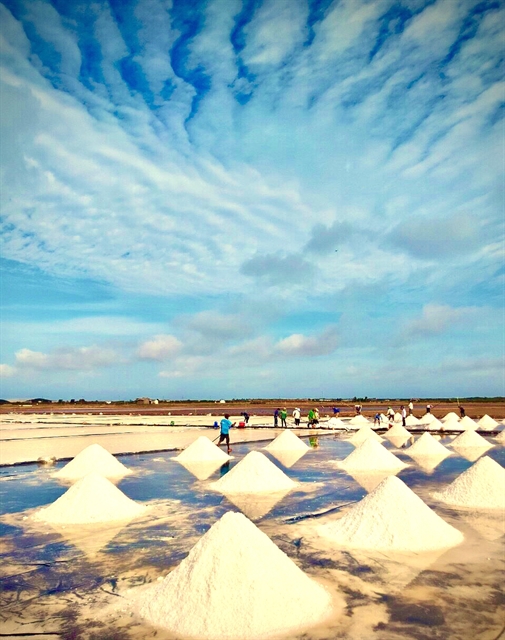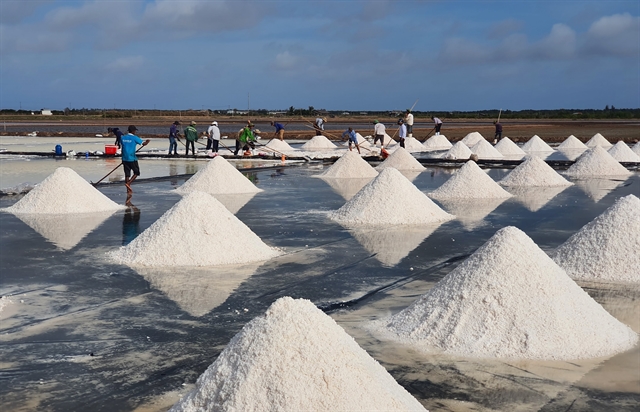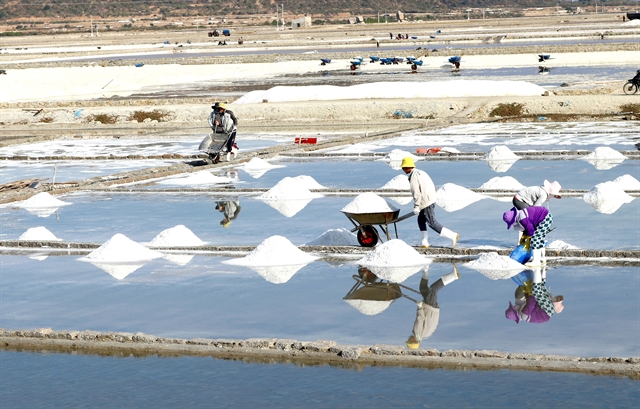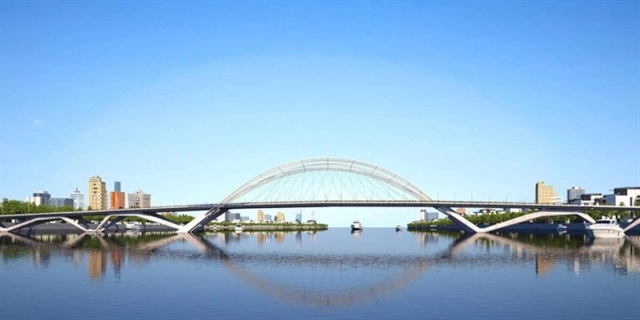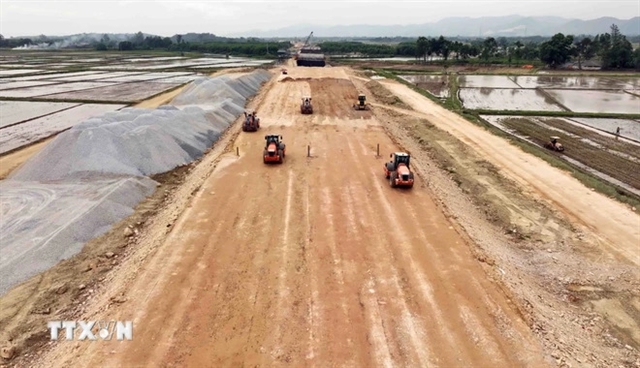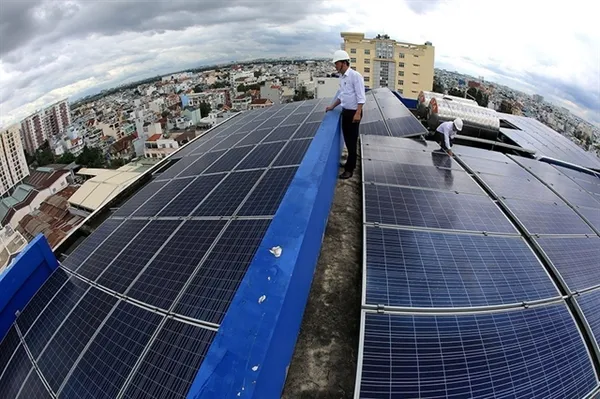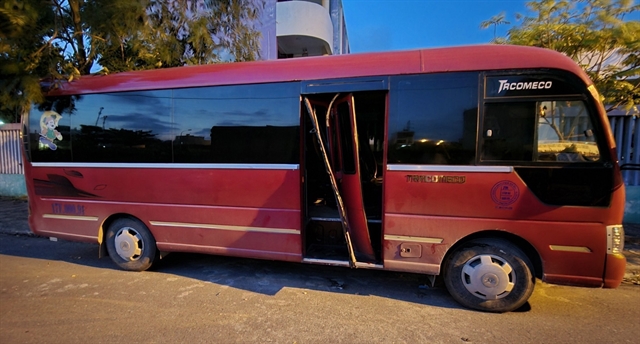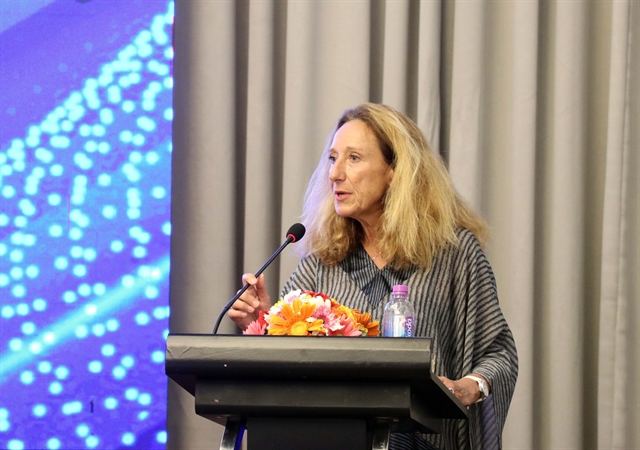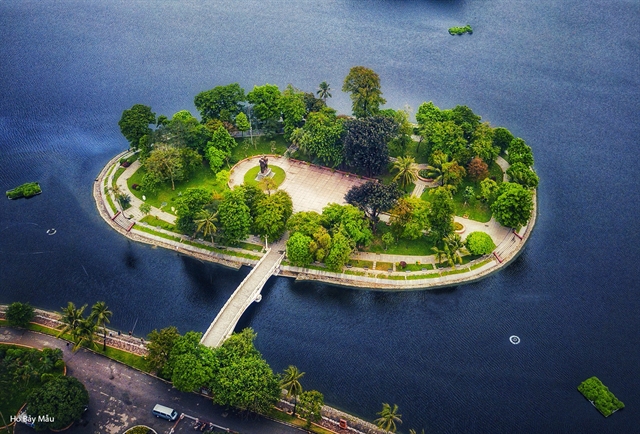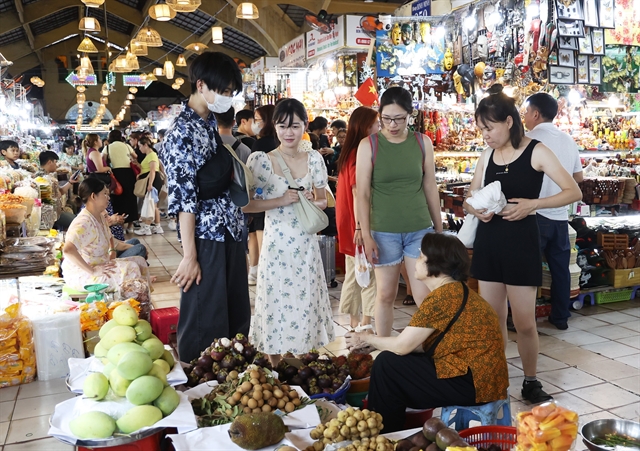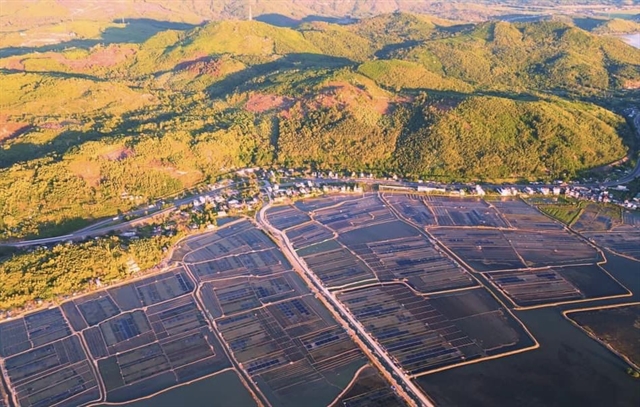 |
| A salt field in Sa Huỳnh. The central province of Quảng Ngải has approved a project to conserve the Sa Huỳnh salt field and encourage community-based development in Phổ Thạnh ward. — Photo courtesy of Sa Huỳnh community-based tourism |
ĐỨC PHỔ TOWN — The central province of Quảng Ngãi has approved a project to conserve the well-known Sa Huỳnh salt field and encourage community-based development in Phổ Thạnh ward with funding from UNDP and the GEF small grants programme.
The project will aim to support the community with technical assistance in promoting the salt field's conservation and environmental protection, as well as encouraging community-based tourism related to Sa Huỳnh culture, which is thought to date back to 2,500 to 3,000 years ago.
It also focuses on expanding the traditional salt production area and promoting its high-quality product, while also boosting waste sorting at source and non-chemical salt making.
A series of programmes on mangrove forest restoration and wetland ecology system conservation has also been planned in the area, aiming to promote it as a unique attraction for eco tours and allow visitors to glimpse the lifestyle of a traditional salt-making community.
According to a report from the UNDP, the unique wetland ecosystem of the Sa Huỳnh Salt Field provides a valuable source of salt, but also plays an important role in supporting the local environment and the livelihoods of people who live there.
The salt field acts as a shelter for various species of birds, fish, shrimp, crabs and plants like samphire, glasswort and seaweed, creating a diverse ecosystem that benefits both the environment and the community.
The Sa Huỳnh Salt Field area covers 29.73sq.km and hosts a population of 25,608 with an average annual income of VNĐ42.5 million (US$1,700).
Currently, there are 550 households producing salt on 115 hectares. The field is a destination for community-based tourism and craft experience tour services.
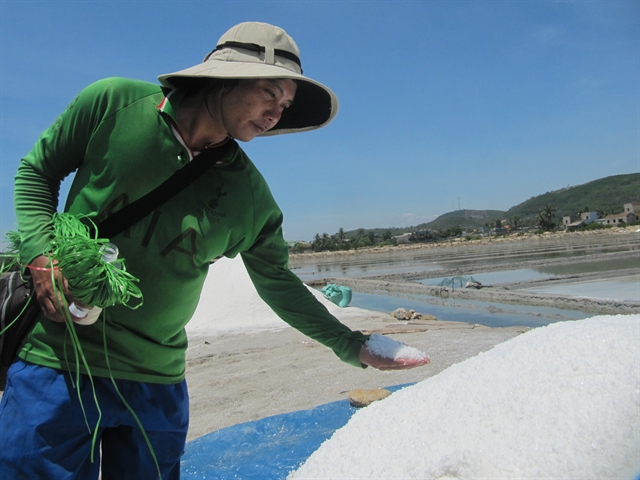 |
| A man checks salt after drying it in sunlight at the Sa Huỳnh Salt Field. Salt production has been a traditional trade in Quảng Ngãi province for centuries. — VNS Photo Công Thành |
Salt makers have been producing organic salt as an OCOP (One Commune One Product), a sustainable tourism brand for high-value local products.
Other salt-related products have been made by the community, including ‘salt flowers’ (surface-crystallised salt layers) and salt cooked in a bamboo tube.
In 2023, Sa Huỳnh archaeological relics from the Sa Huỳnh Culture were recognised as a type of National Special Heritage by the Prime Minister.
 |
| Visitors join a trip to a salt-making community in the Phổ Thạnh Ward of Đức Phổ Town in Quảng Ngãi Province. Eco tours and community-based services have been built up at the local level. — Photo courtesy of Sahu |
The Sa Huỳnh salt eco tour will be the second community-based tourism service on the site, after the first Gò Cỏ Village eco tour was launched in Phổ Thạnh Commune, which also boasts a unique untouched archaeological heritage complex at An Khê Lagoon. — VNS
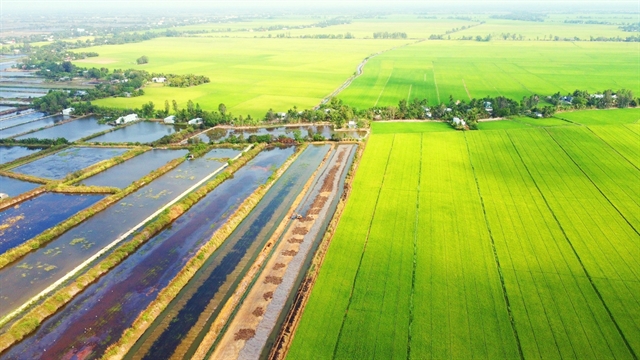 Society
Society



